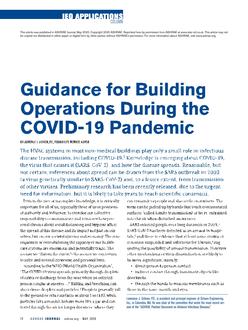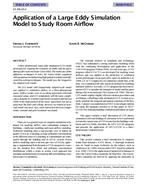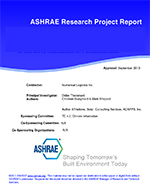The, study, of sound in enclosed, spaced is generally divided into two areas of analysis, ray and room acoustics. Ray or geometric acoustics sums the sound rays passing through several points to define the sound field in an enclosed space. Although high accuracy can be achieved, this technique generally involves sophisticated computer routines and significant computational costs.
A much simpler calculation is possible with the room acoustics approach employing only overall room properties. The simplifying assumptions necessary to achieve this ease of calculation also reduce accuracy. In general, the ray acoustics approach has the potential for much greater accuracy than room acoustics but with more difficulty and expense.
Traditionally, engineers in the field have tended to use the room acoustics approach since it provided acceptable accuracy in most instances. However, as modern building design and economic factors have demanded more and more accuracy, the limitations of the room acoustics approach have become a problem. The ray acoustics approach, at its present stage of development, does not seem to provide a useful substitute for engineers in the field. Therefore, this paper discusses several modifications and practical approaches for improved accuracy with room acoustic calculations in enclosed spaces. For clarity analytical and measured results are compared in three rooms.
Citation: Symposium, ASHRAE Transactions, Volume 87, Part 2, Cincinnati, Ohio
Product Details
- Published:
- 1981
- Number of Pages:
- 9
- File Size:
- 1 file , 790 KB
- Product Code(s):
- D-CI-81-12-2


